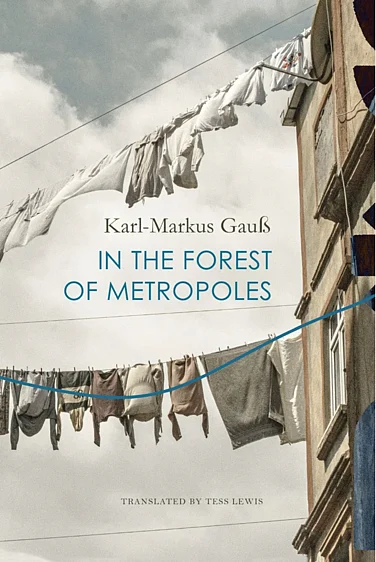Carefully conceived, not just along a geographical grid, but also on a socio-economic and cultural one, Indian Interiors, photographed by Deidi von Schaewen and edited by Angelika Taschen, has taken three years, much trans-Atlantic to and froing and some fevered hair-tearing to complete. But the final product is well worth it. At first glance, the book is a rich visual testimony, a sort of exciting bioscope of the exuberance of Indian individualityóoften fantastic, sometimes reckless, but never boring.
Take Shahnaz Hussain's house. A scented, fabulist world in porcelain pink, brimming over with bric-a-brac, cuddly toys and Hollywood posters, Hussain's dream house is a confection of fantasy interiors: an all-white parlour called the ëWhite House', a disco called ëDance Attack' and a cafe (sic) called ëHome Affair'. Many may smirk at this as a folly in kitsch, but for Hussain it's a deeply reassuring image of her own larger-than-life personality writ in concrete and gild.
Then there's Jimmy Gazdar, a Goan baron's Mediterranean wish fulfilment. Never photographed before, ëJimmy's Palace', as locals call it, is an exotic synthesis of gargoyles, Mannueline architecture, Tuscan facades, Spanish steps and Venetian arches created by architect Gerard da Cunha under strict instructions that there were to be no Indian ethnic references.
Be it Gazdar's astonishing 12-acre ëslice of Europe', or the cleverly contoured modern purdah offered by actress Asha Parekh's labyrinthine home in Juhu beach (in which she's lived alone with 11 Apsos and in which a poor thief once got hopelessly lost); be it industrialists Rajan and Lekha Poddar's magnificent post-modernist home built of steel, glass bricks and plate glass with its wave-like roof sheathed in copper and wood or the rather overwhelming bathroom in the art deco palace in Morvi, Gujarat, which could almost pass for Vishnu's divine serpentine seatóIndian Interiors has looked for the unmistakable stamp of personality and aspiration in the homes it has showcased. It's searched for the intimate detailóin kitchens, bathrooms, bedrooms and sacred spacesóthat will tell the fascinating story of how a myriad people live.
Having paid its dues to the pleasures of voyeurism, Indian Interiors weaves into its selection proof of the eclectic nature of
India's self-expression, its easy and constant borrowing of metaphors and ideas. As Sunil Sethi writes in his introduction, design and architecture in India is testimony of India's historically powerful engagement with the outside world and the osmosis of cultures that has defined its emotional, cultural and aesthetic life.
This palimpsest of influences is apparent in the strong Southeast Asian strains in Chettiar homes in inland Tamil Nadu, legacies of the time when the Chettiars, a merchant community, made their fortune overseas in the 19th century as money lenders; apparent too in the way Western aesthetics like trompe l'oeil and chintz live in harmony with traditional airaish stuccos and mirrorwork in the palaces of Rajasthan; in the way miniature silver Rolls Royces are used as paandans.
Finally, Indian Interiors includes the humbling pageant of indigenous colour, style and architectural wisdom intrinsic to India. From the thick stone-walled homes of Leh and the 19th century tharavads of Kerala that completely eschew the use of nails, to the beautiful circular huts of the Rabari nomads of Kutch, Indian Interiors throws up a hundred civilisational clues and delights for the perceptive eye.
Sethi's captions and introductions are succinct, eloquent and well-researched; Deidi has a quiet intuitive lens which betrays none of the touristy incredulity of an outsider overwhelmed by the experience of India and Angelika is a gifted editor. But for the glaring absence of the old colonial homes of Calcutta or the planters' bungalows of Assam, Indian Interiors, is a fascinating album of the ancient, inventive and whimsical impulses of a country.






















